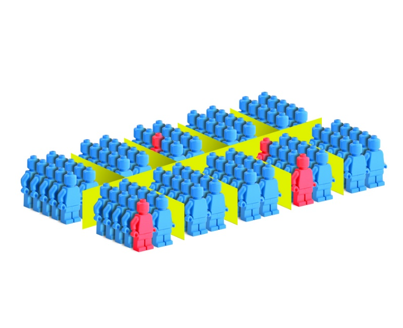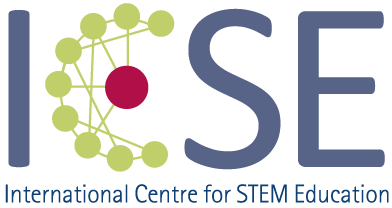
Testing large quantities of blood samples to detect one or more positive sample(s) of a virus disease is expensive and time consuming. What if we decide to make pools of samples to optimise the process? How do we do it?
Assume we need to detect which ones of 10 000 people are infected if the expected percentage is max 4% (i.e. 400 persons). We could proceed with the following steps: (1) take blood samples of the first 10 persons to be tested; (2) take just a drop from each blood sample in this group; (3) mix the drops, and (4) test the mixture. If the test is negative, nobody in this group is infected; else – we test all the members of the group individually. Then we apply the same procedure with another group of 10 persons.
- How many tests are needed in the worst case testing scenario under the same initial conditions? What about the best case testing scenario? (“Best” and “worst” testing scenarios here are in terms of the needed tests kits.)
- If the size of the group is 12 persons (not 10 as above), how many tests would be needed in the worst/best case testing scenario? What about a group size of 8 persons? How would you modify your answers if the expected percentage of infected people is 2% (or 6%) instead of 4%?
- If the health authorities in a city with more than 1 000 000 inhabitants have 20 000 test kits, how many persons at most could be tested in the worst case testing scenario?
- Can you propose a more efficient method for testing within the groups?
- Can you find situations in which the pool blood testing increases the number of the test kits needed?
This Worksheet is part of the Quartely Problem Series. For more quartely problems and other classroom materials, click here.
Picture Source: Image by Yovko Kolarov
CC-BY-NC-SA 4.0 licence granted
Content-related competences
